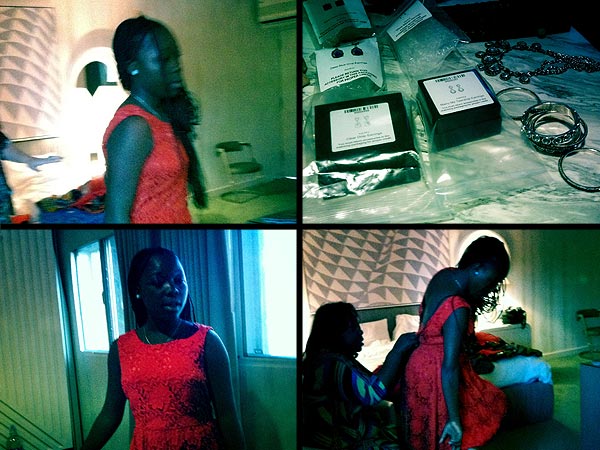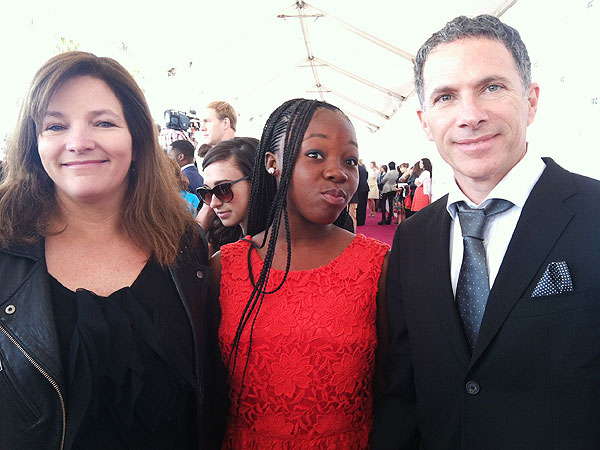
Osservatore Romano/Reuters
Pope Benedict XVI, right, spoke to cardinals at the Vatican on Saturday.
VATICAN CITY — As cardinals from around the world begin arriving in Rome for a conclave to elect a successor to Pope Benedict XVI, new shadows have fallen over the delicate transition, which the Vatican fears might influence the vote and with it the direction of the Roman Catholic Church.
In recent days, often speculative reports in the Italian news media — some even alleging gay sex scandals in the Vatican, others focusing on particular cardinals stung by the child sex abuse crisis — have dominated headlines, suggesting fierce internal struggles as prelates scramble to consolidate power and attack enemies in the dying days of a troubled papacy.
The reports, which the Vatican has vehemently denied, touch on some of the most vexing issues of Benedict’s reign, including the child sex abuse crisis and international criticisms of the Vatican Bank’s opaque record-keeping. The recent explosion of bad press — which some Vatican experts say is fed by carefully orchestrated leaks meant to weaken some papal contenders — also speak to Benedict’s own difficulties governing, which analysts say he is trying to address, albeit belatedly, with several high-profile personnel changes.
The drumbeat of scandal has reached such a fever pitch that on Saturday, the Vatican Secretariat of State issued a rare pointed rebuke, calling it “deplorable” that ahead of the conclave there was “a widespread distribution of often unverified, unverifiable or completely false news stories, that cause serious damage to persons and institutions.”
The Vatican compared the news reports to past attempts by foreign states to exert pressure on the papal election, saying the latest efforts to skew the choice of the next pope by trying to shape public opinion were “based on judgments that do not typically capture the spiritual aspect of the moment that the Church is living.”
Benedict had hoped to address at least one scandal with the Feb. 15 appointment of a new head of the Vatican Bank. It is less clear why he reassigned a powerful Vatican diplomatic official to a posting outside Rome, though experts say it diminishes the official’s role in helping steer Vatican policy.
On Feb. 11, Benedict made history by announcing that he would step down by month’s end. He said he was worn down by age and was resigning “in full liberty and for the good of the Church.” The volley of news reports since appeared to underscore the backbiting in the Vatican that Benedict was unable to control, and provided a hint of why he might have decided that someone younger and stronger should lead the church.
At the conclusion of the Vatican’s Lenten spiritual retreat, Cardinal Gianfranco Ravasi, the director of the Pontifical Council for Culture and a papal contender, spoke darkly of the “divisions, dissent, careerism, jealousies” that he said plagued the Vatican hierarchy.
The recent spate of news reports were linked to an earlier scandal in which the pope’s butler stole confidential documents that was considered one of the gravest security breaches in the modern history of the church.
Last week, largely unsourced articles in the center-left daily La Repubblica and the center-right weekly Panorama reported that three cardinals whom Benedict had asked last summer to investigate the leaking of the documents, known as the “VatiLeaks” scandal, had found evidence of Vatican officials who had been put in compromising positions.
The newspapers reported that, after interviewing dozens of people inside and outside the Vatican, the cardinals produced a hefty dossier. “The report is explicit. Some high prelates are subject to ‘external influence’ — we would call it blackmail — by nonchurch men to whom they are bound by ‘worldly’ ties,” La Repubblica wrote.
Vatican experts speculated that prelates eager to undermine opponents during the conclave were behind the leaks to the news media over the last week.
“The conclave is a mechanism that serves to create a dynasty in a monarchy without children, so it’s a complicated operation,” said Alberto Melloni, the director of the John XXIII Center in Bologna and the author of a book on conclaves.
This article has been revised to reflect the following correction:
Correction: February 23, 2013
An earlier version of this article misspelled the last name of a cardinal. His name is Roger M. Mahony, not Roger M. Mahoney.













